Mitchell Billard
Mitchell is a Computer Science student at the Memorial University of Newfoundland.
 Reels
ReelsCreating Irish music using a Generative Adversarial Neural Network.
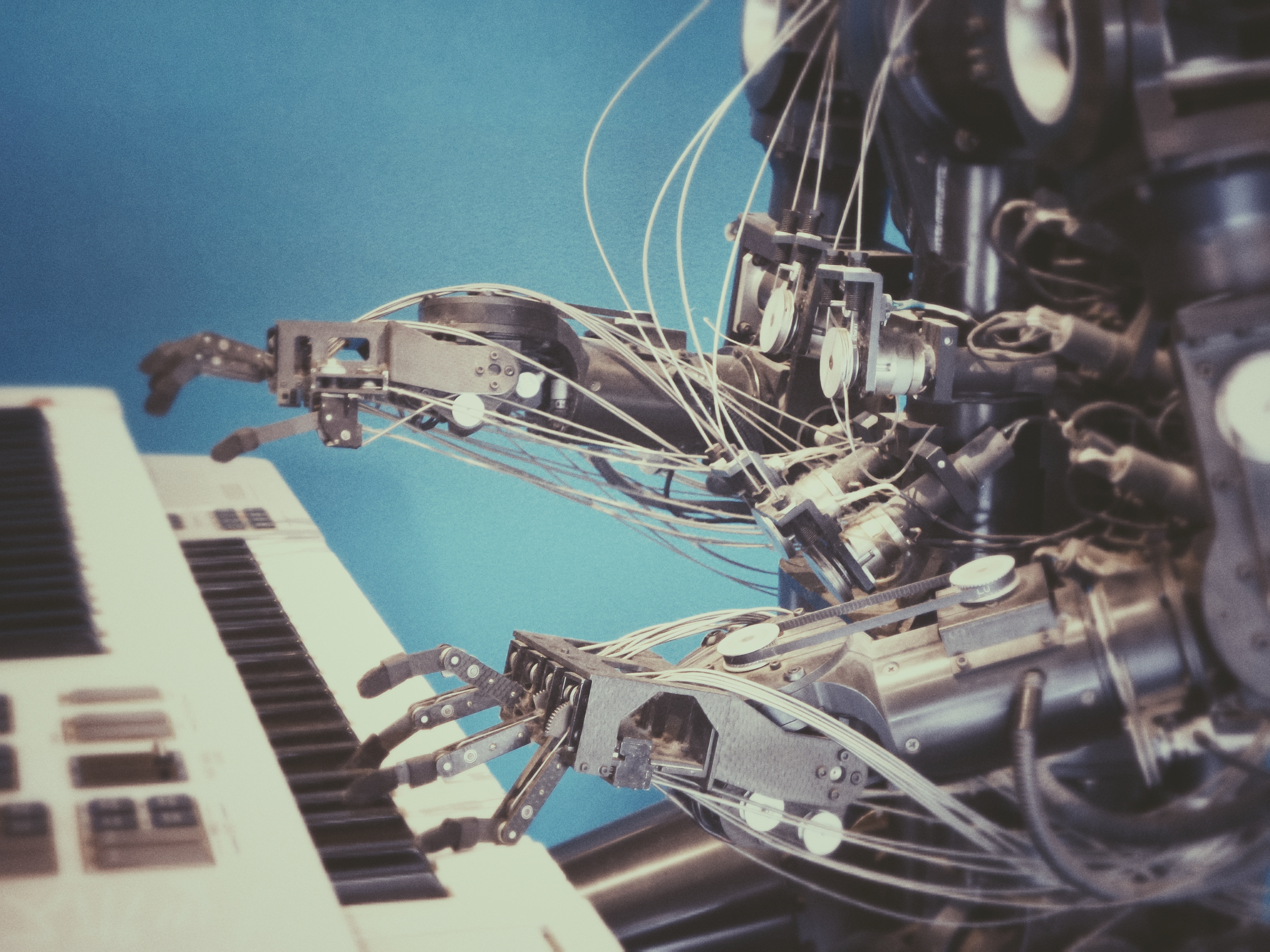
Our research aims to discover if successful AI image generative models can also be used to generate music. We use a Generative Adversarial Network, a particular type of Artificial Neural Network, in an attempt to generate Irish music.
Although there are other neural network based Irish music generators, we found no GANs which successfully generated music. These other neural networks use a prediction based approach to generate music. Unlike them, GANs could truly generate music from scratch. GANs have worked well with pictures, but to our knowledge there has not been a successful attempt to generate music using GANs. Also, to our knowledge, no one has presented the idea of organizing music like a picture, which makes our encoding unique.
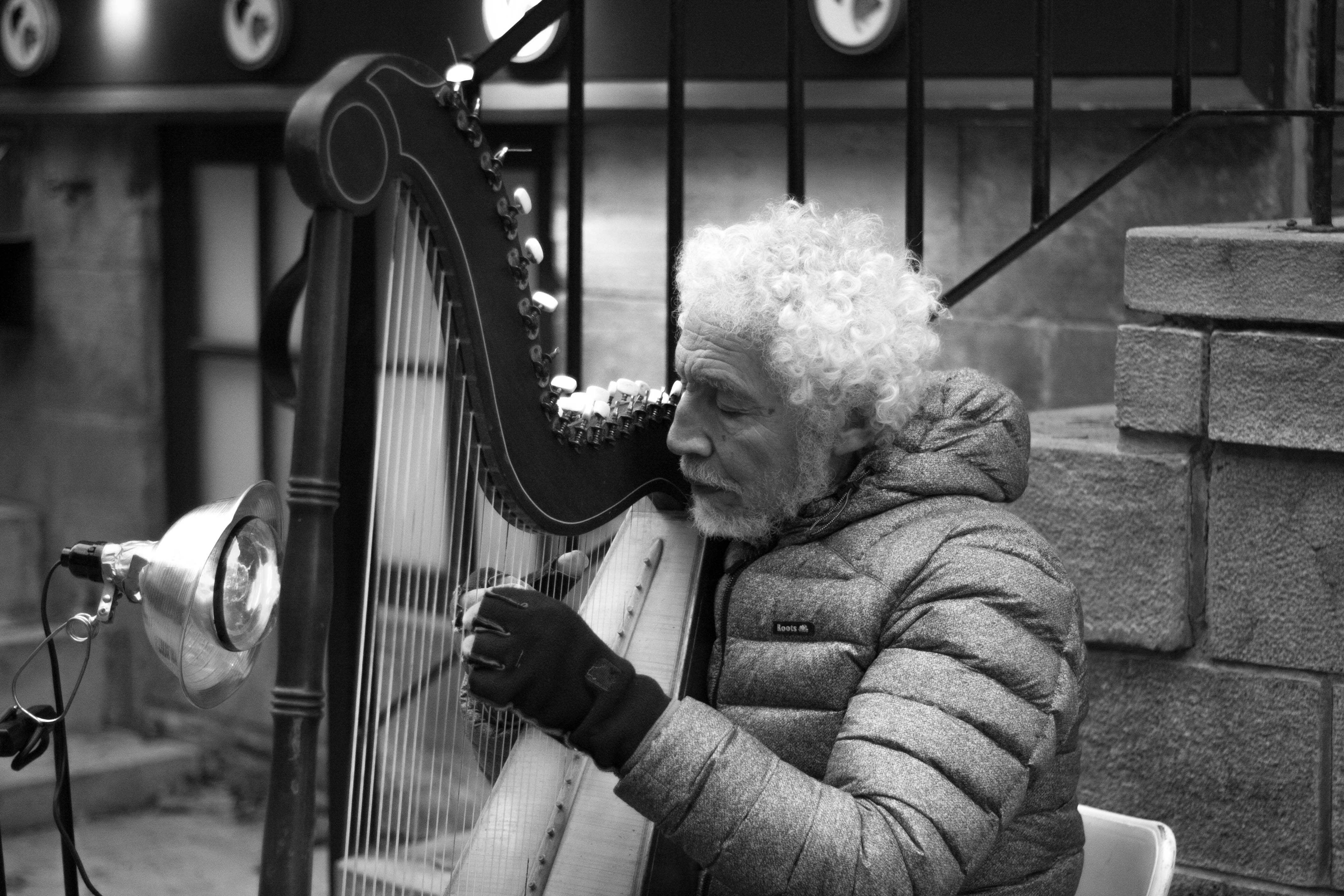
Typically, when someone is talking about Irish music, they mean traditional Irish music, or Irish folk music. Defining Irish music can be difficult because of the vague definition of folk music, and determining the music's origin. Some define traditional music as "old songs, with no known to composers" or as a piece which has accumulated cultural value by being passed down through the generations.
We have three main reasons for choosing to use Irish music:
For our purposes, we effectively define Irish music as something that the typical person, with little to no musical training, would believe originated in Ireland many years ago, or, a tune that one would expect to be included with other traditional Irish tunes, possibly being played in a pub or a relaxed setting among a group of musicians. In this sense, indistinguishability of the generated tune from other genuine Irish pieces is the key element we're striving for in our output.

An Artificial Neural Network, or ANN, is based on a collection of connected units called nodes, which can be loosely compared to neurons in the human brain. There are various types of ANNs, many of which have been successfully used to classify, predict, and generate different types of data. A Generative Adversarial Network, or a GAN, is an ANN consisting of a Generator that generates data when fed noise, and a Discriminator which classifies data. A common analogy is the Generator is akin to an art forger, while the Discriminator is like a detective. After being trained, the Generator can be used to create original ‘art’.
The GAN has been structured to take advantage of the features that have been observed in the image forms of the Irish tunes in the training dataset. We opted for a Deconvolutional GAN since they are renowned for performing well on images, and making training a lot more stable.
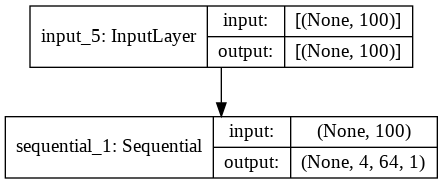
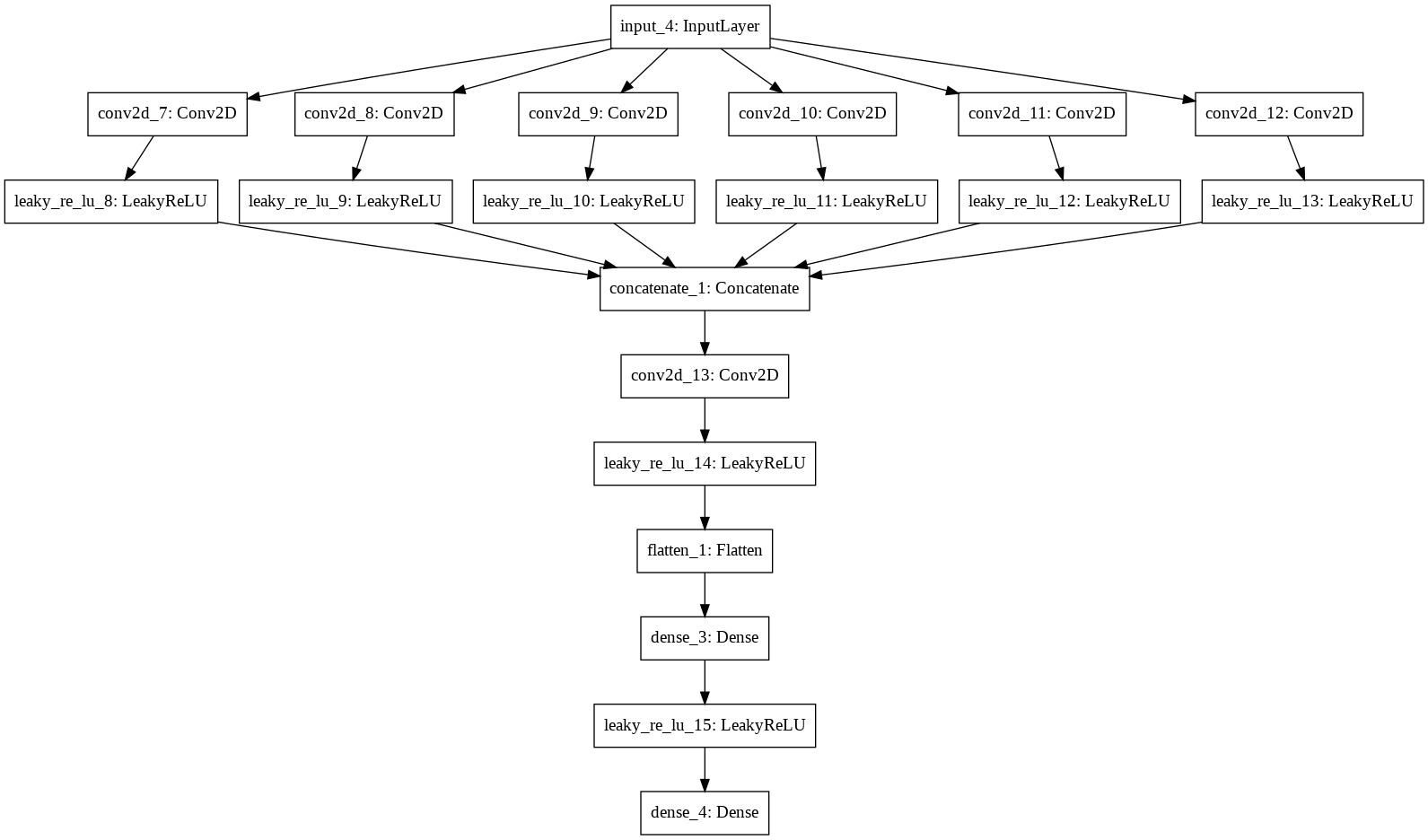
The discriminator is a 6-tower convolution network. We chose to use dilated filters on 5 of the towers to capture relative information between bars and phrases, with the remaining layer being an undilated 4x4 convolution. A 4x2 filter with a 16x2 dilation captures the $n^{th}$ note of each bar at the first and third or second and fourth phrases, for example. This helps the model learn the structure of music - there are thematic patterns and repetitions at the song level as well as within phrases and within bars. Having multiple towers each learning different aspects gives us a versatility and helps avoid the "tunnel vision" nature of other generative music models.







We hope to use the distinctive structure of Irish tunes to make them suitable for GAN-based music generation. Our main idea is to regard an Irish melody as a fixed-size object with cross-references among its parts: “music as a picture” view. The two key components of this project are:
Evaluating the performance of our model is hard since music is subjective. Nevertheless, here are some results. Our code and interesting findings and results will be uploaded here as well as to an online repository for public access here.
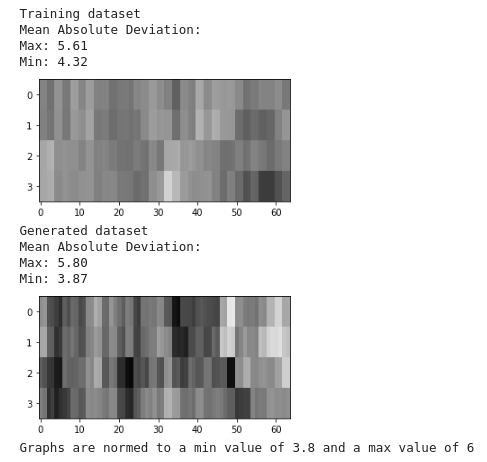
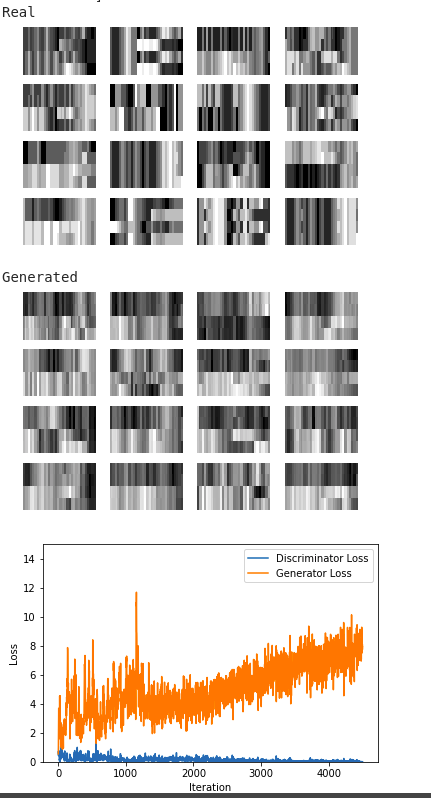
These songs were generated using our model. You can generate your own unique songs below, using tensorflow js.

Mitchell is a Computer Science student at the Memorial University of Newfoundland.
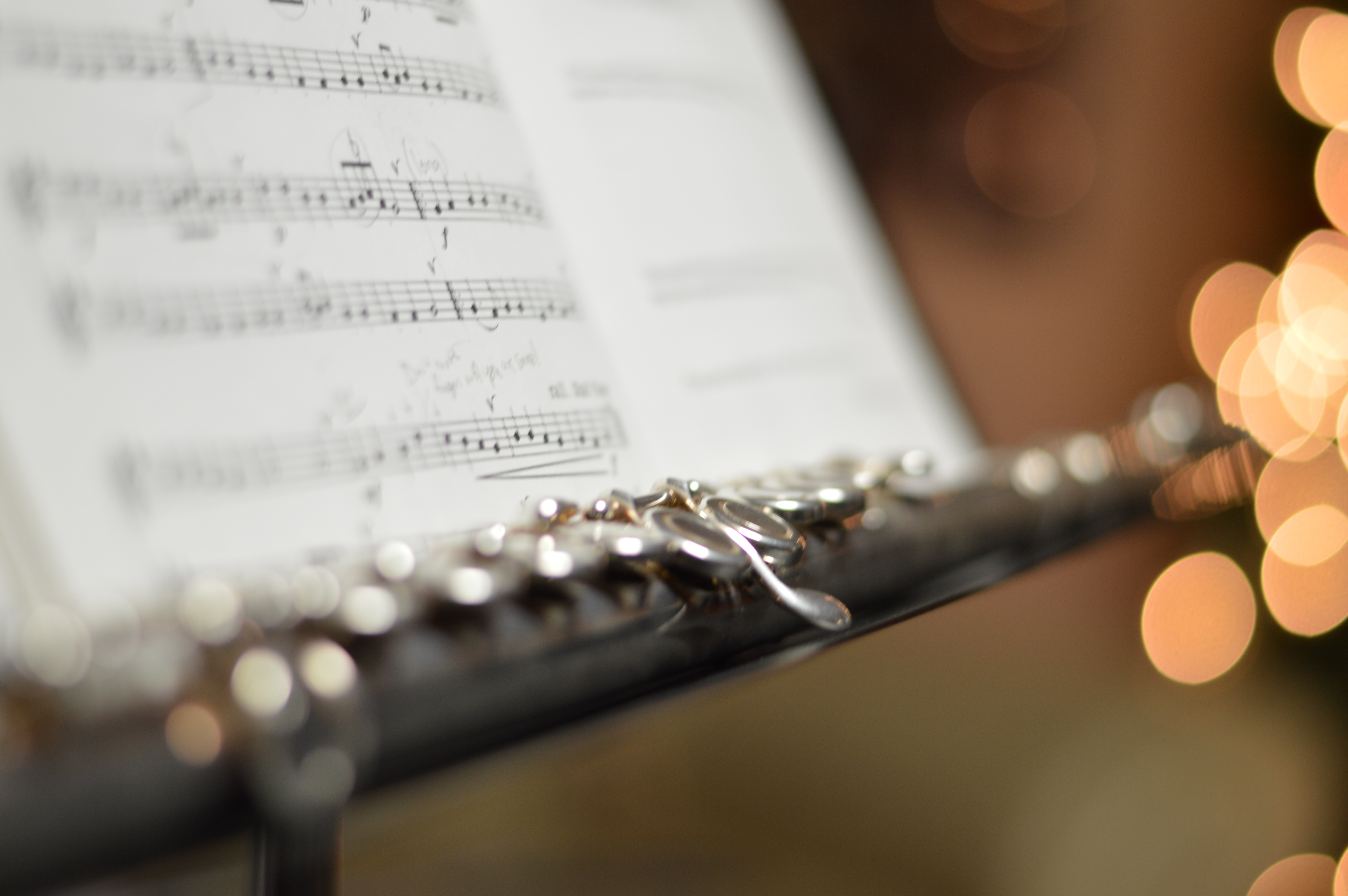
Robert obtained his BSc in Computer Science from Memorial University and is a current MSc student for Dr. David Churchill.
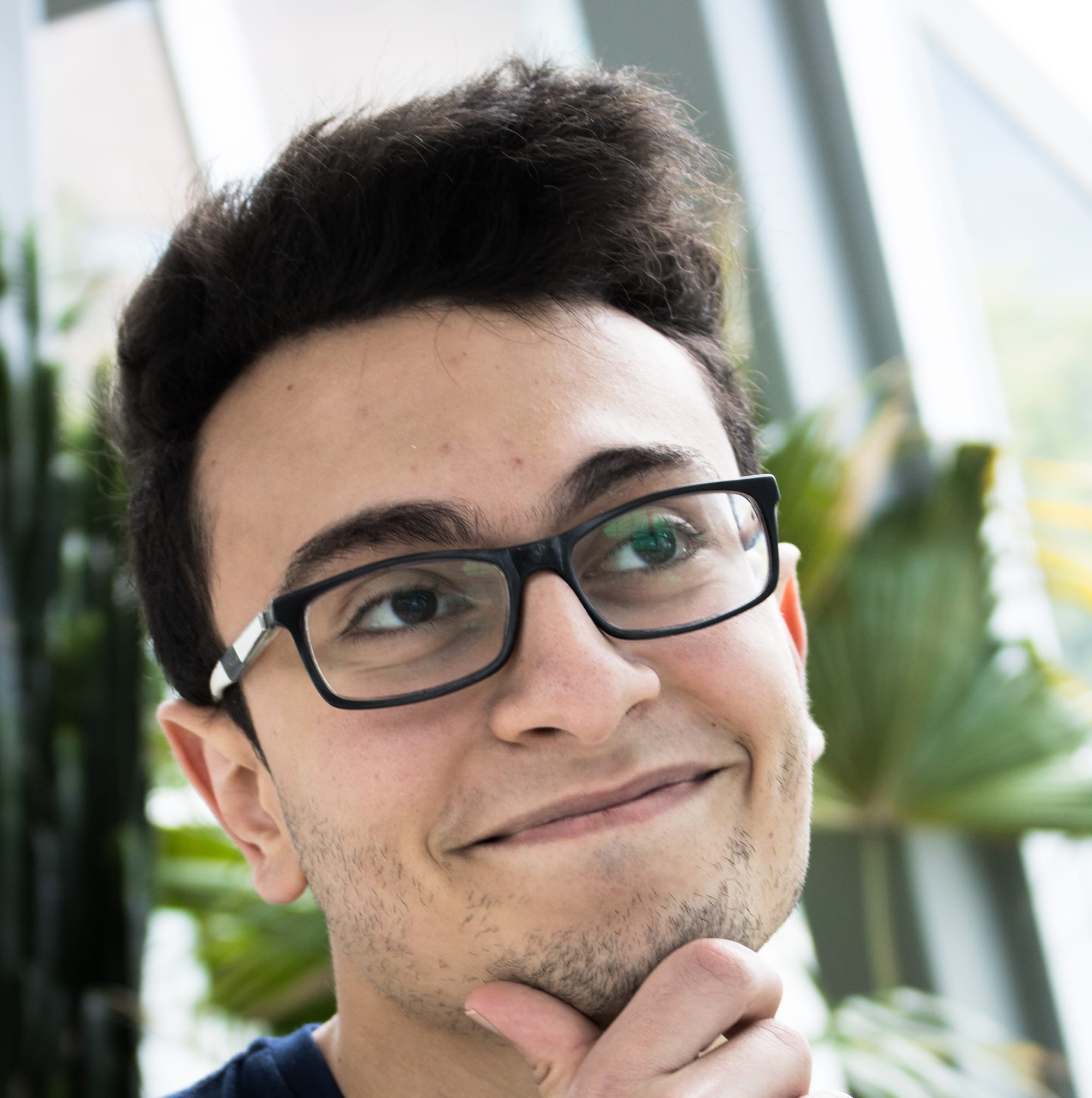
Moustafa is a Computer Science student at the Memorial University of Newfoundland.

Laura obtained her BSc in Computer Science from Memorial University and is currently researching for Antonina Kolokolova.
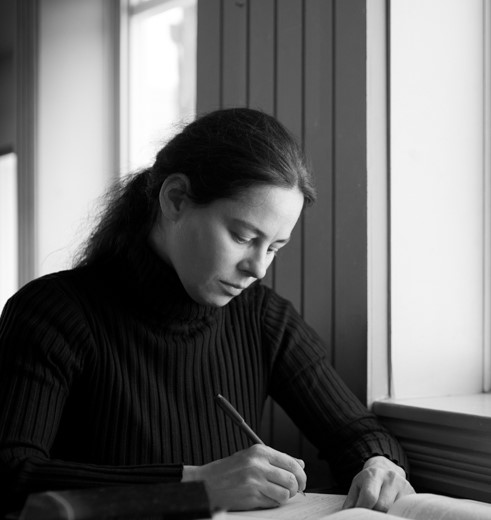
Antonina is an Associate Professor at the Department of Computer Science , Memorial University of Newfoundland. Her research interests are in theoretical computer science, in particular complexity theory and logic, including proof complexity

Vineel has completed his Computer Science degree at Memorial University of Newfoundland and will be pursuing a Masters at University of Waterloo in Fall 2019.
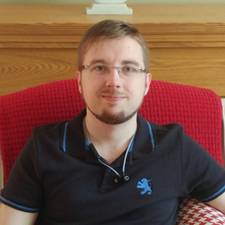
Zachary is a Computer Science student at the Memorial University of Newfoundland.
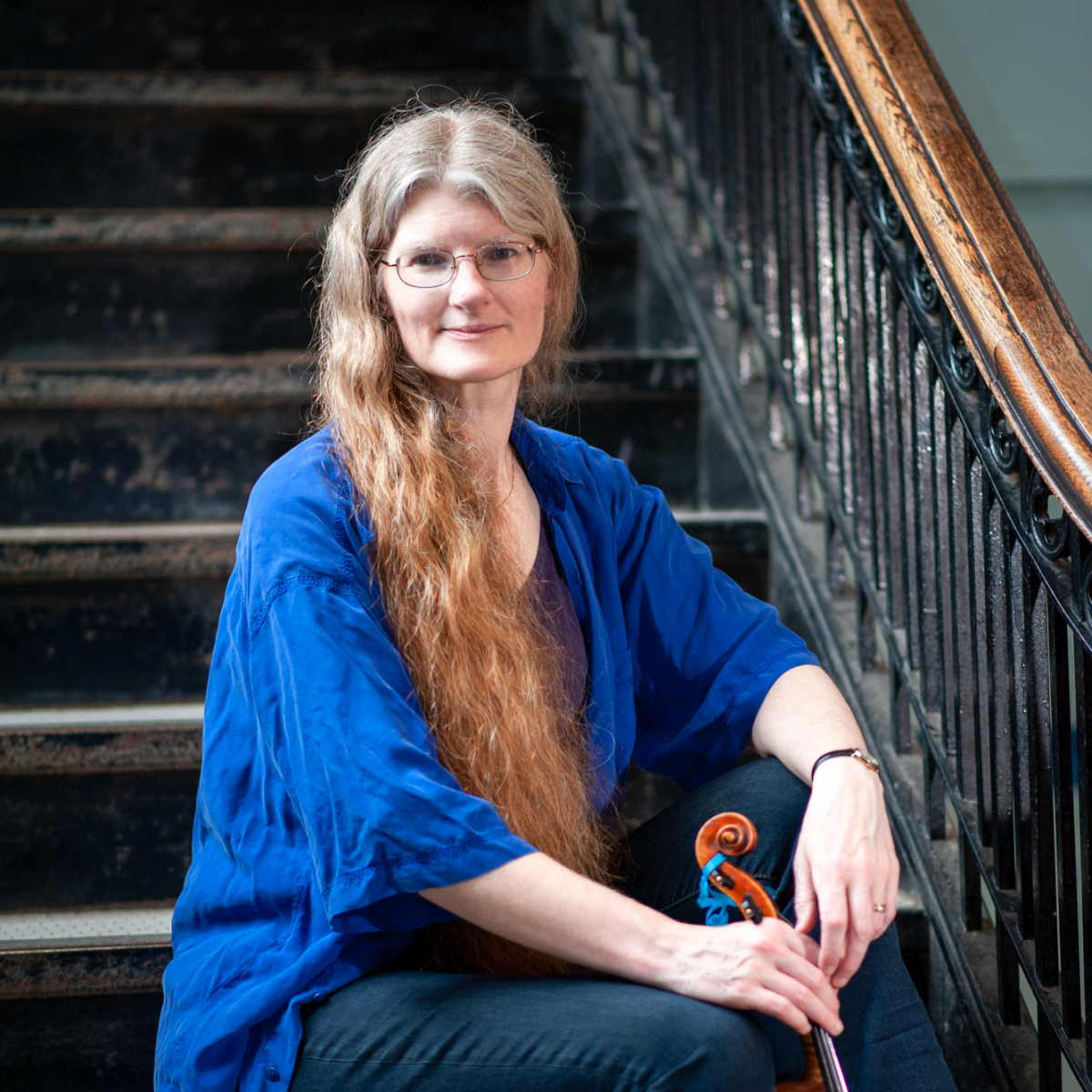
Heather Patey is a fiddler and folk dancer from St. John's. She specializes in the musical traditions of Newfoundland and Labrador, which have prominent Irish origins as well as influences from the rest of the British Isles and elsewhere. Heather also holds a B.Sc. in Computer Science / Pure Mathematics from Memorial University of Newfoundland, and is excited for the chance to combine her parallel lives in aid of Dr. Kolokolova's research.